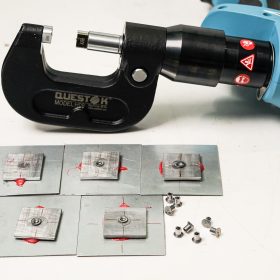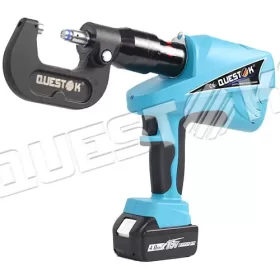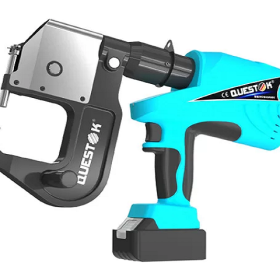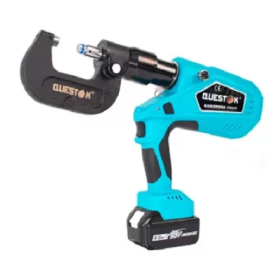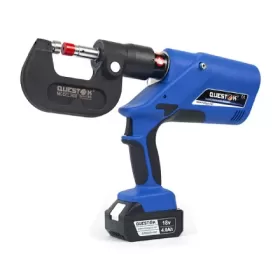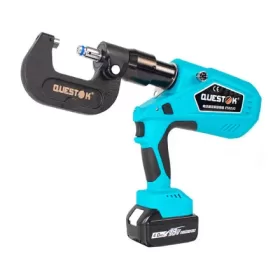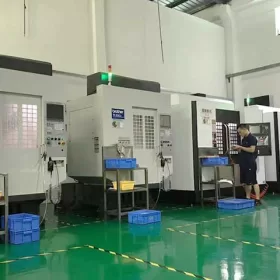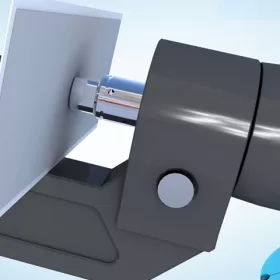Stainless Steel Flat Head Rivets vs. Aluminum Rivets- A Comparative Analysis
In the realm of permanent fastening, rivets reign supreme. From aircraft fuselages to construction assemblies, these unassuming yet indispensable components play a pivotal role in ensuring structural integrity and reliability. When it comes to selecting the ideal rivet for your project, two materials stand out: stainless steel and aluminum. Each material boasts unique characteristics that lend themselves to specific applications. Join us on a comparative analysis as we delve into the strengths and weaknesses of stainless steel flat head rivets versus aluminum rivets.
Corrosion Resistance: The Battle of the Elements
Stainless steel rivets are renowned for their exceptional corrosion resistance, thanks to the presence of chromium oxide on their surface. This protective layer shields them from oxidation and degradation in harsh environments, making them ideal for marine, chemical processing, and food handling applications. Aluminum rivets, while possessing some corrosion resistance, are more susceptible to salt and alkaline conditions, limiting their suitability for certain industries.
Strength and Durability: A Force to be Reckoned With
Strength is of paramount importance in rivet selection. Stainless steel rivets exhibit superior tensile and shear strength, providing a robust and reliable hold under demanding loads. These rivets are the choice for heavy-duty applications such as bridges, buildings, and machinery. Aluminum rivets, while lighter in weight, offer lower strength properties and are more suited for lighter-duty applications where strength is not a primary concern.
Cost-Effectiveness: Striking a Balance
Cost is an undeniable factor in any purchasing decision. Stainless steel rivets tend to be more expensive than aluminum rivets due to the higher cost of the raw material. However, their superior durability and corrosion resistance often justify the additional investment. Aluminum rivets, with their lower cost and lightweight, may be a more economical option for applications where strength is not a major consideration.
Weight: The Lighter the Better
Weight can be a critical factor in applications where every gram counts. Aluminum rivets are significantly lighter than stainless steel rivets, offering a weight advantage in projects such as aerospace and transportation. This weight reduction can lead to increased fuel efficiency and improved performance.
Conclusion: A Riveting Choice
The choice between stainless steel flat head rivets and aluminum rivets hinges on the specific requirements of your project. For applications demanding exceptional corrosion resistance and high strength, stainless steel rivets are the undisputed champions. Aluminum rivets, with their lower weight and cost, are a viable option for lighter-duty applications where corrosion resistance and strength are less critical. Understanding the strengths and weaknesses of each material will empower you to make an informed decision and secure your project with confidence.
- Company News
- Industry News
- Tag
- Tags
-
The Advantages of Questok Rivet Guns: Precision, Efficiency, and Durability
In industrial fastening applications, the choice of tools directly impacts productivity, safety, and long-term cost-effectiveness. Questok rivet guns have emerged as a standout solution for professionals across aerospace, automotive, and construction sectors. Combining advanced engineering with user-centric design, these tools deliver unmatched performance. Below are the key advantages that make Questok rivet guns a preferred choice:
-
Rivet Gun FAQ
Rivet Gun FAQ-SPR
-
Fast Assembly and Repair With Cordless Solid Rivet Gun
Questok cordless solid rivet gun stands out as a pivotal innovation, merging portability with power to facilitate efficient and effective fastening in a myriad of applications.
-
Redifine The Role of Self-piercing Riveting Gun Machine
Self-piercing riveting adopts high-speed mechanical fastening skill that joins thin sheet materials, typically steel and aluminum alloys.
-
The Latest Innovations in Clinching Tool Design
Explore the latest innovations in clinching tool design, redefining precision, efficiency, and versatility in material joining.
-
The Application and Maintenance of Self-Piercing Rivet Guns
Delve into the applications of self-piercing rivet guns in the automotive and aerospace industries and reveal the essential maintenance practices that ensure their accuracy and efficiency.
-
Rivetless Riveting Gun for Ventilation Duct Projects
The ventilation duct rivetless gun is a tool for riveting ventilation ducts without rivets.
-
Guide to Using Self-Piercing SPR Riveting Gun
In the automotive industry, self-piercing SPR (Self-Piercing Rivet) riveting guns are commonly used for joining metal components in vehicle bodies, including BMW vehicles.
-
Rivet Gun FAQ
Rivet Gun FAQ-SPR
-
Versatile Fastening- Applications of the Handheld Rivet Gun Across Industries
In the realm of fastening, the handheld rivet gun stands as a testament to ingenuity and versatility. Its ability to effortlessly join materials with sheer strength and permanence has revolutionized manufacturing and construction processes, leaving an enduring mark on diverse industries. Aerospace: Where precision and reliability are paramount, the rivet gun shines. In aircraft assembly, […]
-
Time-Saving Tools- Speeding Up Projects with Electric Blind Rivet Guns
In the whirlwind of project deadlines, every minute counts. But what if there was a tool that could dramatically reduce assembly time, giving you an edge in the race against the clock? Enter the electric blind rivet gun: your secret weapon for lightning-fast and effortless riveting. Electric blind rivet guns are the ultimate time-savers for […]
-
Streamlining Fastening- How an Electric Blind Rivet Gun Enhances Efficiency
Introduction In the realm of manufacturing and assembly, fastening plays a crucial role in securing components and ensuring structural integrity. Traditional manual rivet guns, while reliable, are often time-consuming and labor-intensive. The advent of electric blind rivet guns has revolutionized the fastening process, significantly enhancing efficiency and productivity. This article delves into the benefits of […]
-
Top Trends in Electric Rivetless Clinching Guns
In the realm of fastening technology, electric rivetless clinching guns have emerged as a revolutionary solution for a wide range of industrial applications. These advanced tools offer several преимущества and capabilities, revolutionizing the way businesses approach their fastening needs. Adoption of Brushless Motors Brushless motors have gained significant traction in electric rivetless clinching guns due […]
-
Top Features and Benefits of Universal Self-Piercing Riveting Guns
In the realm of metalworking, precision and efficiency are paramount. Universal self-piercing riveting guns, often referred to as self-pierce riveting guns, embody these qualities, offering remarkable benefits for various applications. These innovative tools feature technologically advanced functions that enhance productivity, reliability, and overall performance, making them indispensable in industries such as aerospace, automotive, construction, and […]
-
The Role of Automation in Electric Rivetless Clinching
Electric rivetless clinching (ERC) is a lightweight joining process that eliminates the need for rivets or other fasteners. This can lead to significant cost savings and increased production efficiency. Automation plays a critical role in ERC, enabling high-speed and high-volume production. Automated Feed Systems Automated feed systems are used to accurately position the two workpieces […]
-
Why Choose a Universal Self-Piercing Riveting Gun for Your Projects?
In the realm of construction and fabrication, riveting guns stand as indispensable tools for creating secure and robust connections. Among the various types available, universal self-piercing riveting (SPR) guns have emerged as a game-changer due to their versatility and efficiency. This article will delve into the compelling reasons why choosing a universal self-piercing riveting gun […]
